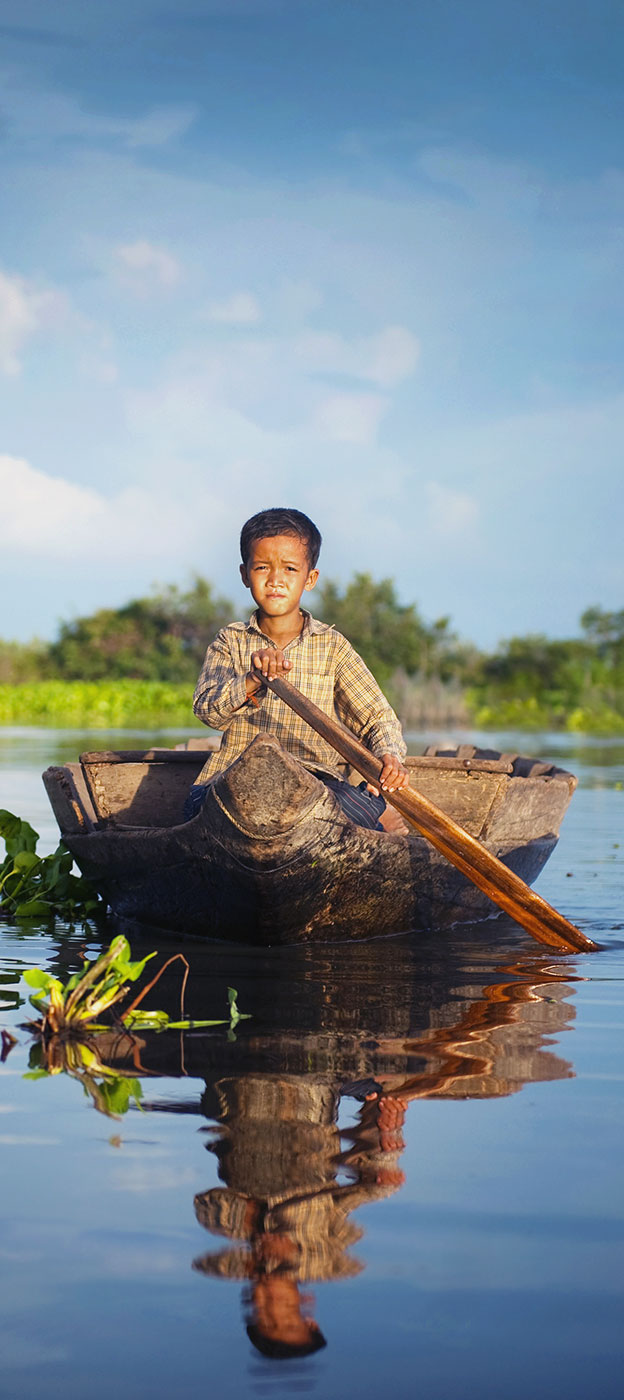Frequently asked questions
'Encounters with Conflict and Peace' lessons
What topics or themes do the ‘Conflict and Peace’ lessons cover?
The lessons cover themes including the power of ideas, human rights, colonialism, dehumanisation, trauma recovery, forgiveness, reconciliation and justice. For more info.
Is it just about Rwanda?
Using Rwanda as a starting point, this curriculum explores a wide range of issues in some depth: the origins of conflict, the impacts of discrimination and violence on communities and individuals, population movements, post-conflict justice and healing, and the ideas and practices of restorative justice.
In a nutshell, it’s about much more than Rwanda – it is about our human inclination towards prejudice, as individuals and as groups, and the possibilities for reconciliation, rebuilding and tolerance.
Where do the lessons fit in the curriculum?
The twenty-two lessons fit comfortably across a range of curriculum areas: History, Psychology, Geography, English, Legal Studies, global education, social/values education and social sustainability.
How graphic is the material?
The films on RwandanStories are powerfully told and include interviews with genocide survivors, narration and some still images from the genocide itself. Emotionally, some of them are intense. However, none of them use actual footage of genocide events. The films are about the human stories, rather than the graphic or shocking nature of the crimes committed in Rwanda.
They are suitable for middle to senior secondary students and above. The curriculum materials will help you provide opportunities for students to usefully talk about the films.
If I buy the lessons, what exactly do I get?
Each lesson includes a digital copy (in PDF format) of a detailed lesson plan, a set of accompanying slides, and any handouts needed for the lesson. More info here.
How do I get the lessons?
You can buy individual lessons and lesson sets as downloads. Sets of lessons and films are also available on USB.
What year level are the lessons suitable for?
They’re designed for Year 10-12 students, though there are a number of schools choosing to use them within integrated Year 9 programs.
'Rwanda Dreaming' e-book
Where does the ‘Rwanda Dreaming’ ebook fit in the curriculum?
It’s aimed at a senior secondary student level and has been written to fit well with the Australian Year 10 Geography curriculum (Human Wellbeing unit). It includes regional comparisons with Australia, especially indigenous Australia, and post-genocide Cambodia.
However, as a detailed but accessible look at a society re-building after conflict, it’s applicable in many areas. More info.

